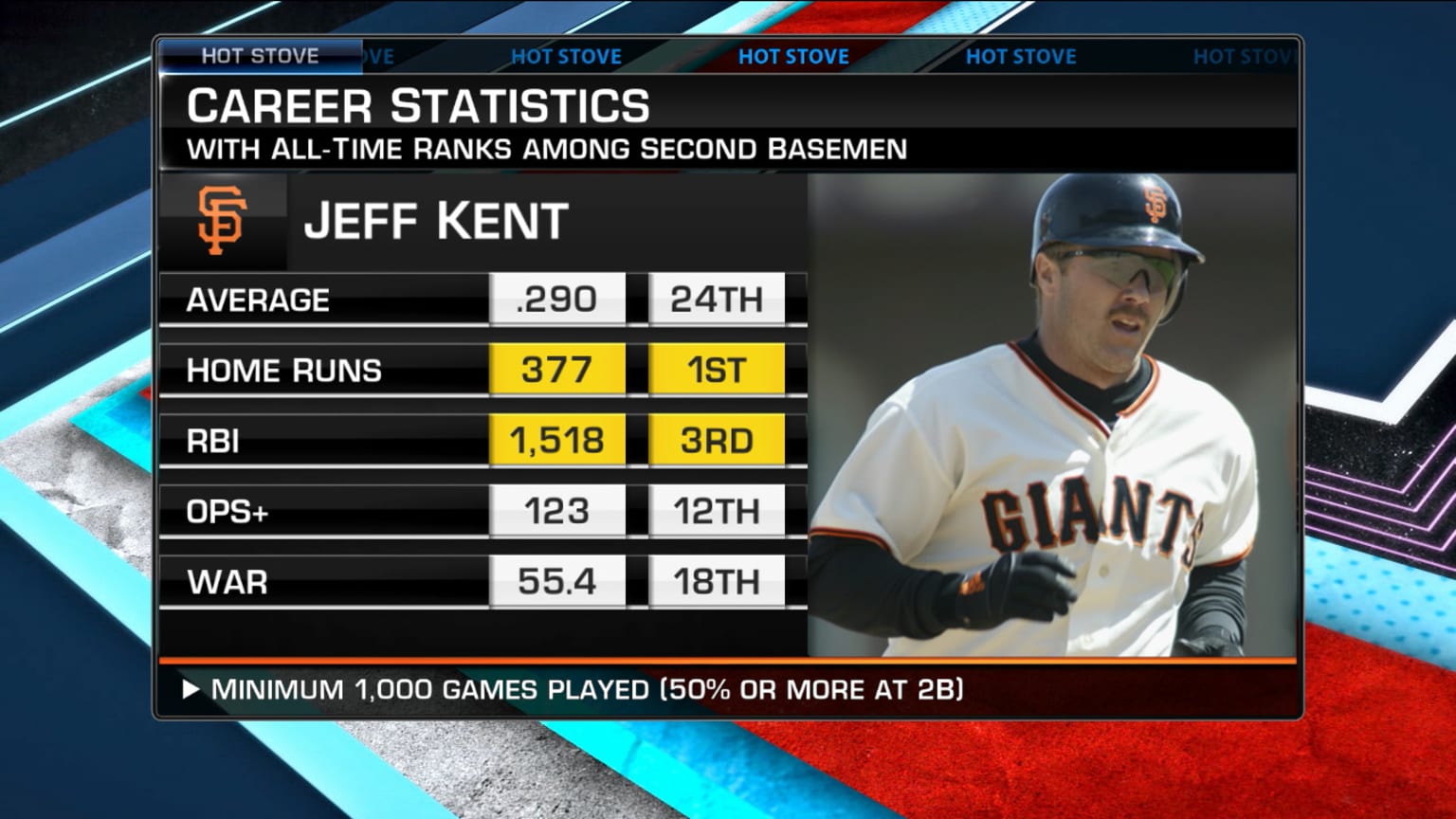Sole Searching - A Step-by-Step Guide to Choosing the Perfect Sports Shoes

Step 1: Know Thy Feet
Before embarking on your journey to find the perfect sports shoes, it's essential to understand your feet. This crucial step will help you make an informed decision and ensure a comfortable fit. Here's what you need to do:
- Purchase shoes from a specialty store for expert advice. Visiting a specialty store allows you to tap into the knowledge of experienced staff who can guide you in finding the right shoe for your foot type, running style, and specific needs.
- Try on athletic shoes after a workout or run and at the end of the day when your feet are at their largest. This ensures that you're trying on shoes when your feet are at their most swollen, guaranteeing a comfortable fit even during the most intense activities.
By knowing thy feet, you'll be able to narrow down your options and focus on shoes that cater to your specific requirements. Remember, a proper fit is key to unlocking exceptional performance and preventing injuries.
Step 2: Consider Your Sport
When it comes to selecting the perfect sports shoes, it's essential to consider the specific sport you'll be playing. Different sports require different types of shoes, and wearing the wrong type can lead to discomfort, injury, or poor performance.
Wear the Same Type of Sock
When trying on shoes, make sure to wear the same type of sock that you would wear for your chosen sport. This will give you a more accurate fit and help you understand how the shoe will feel during actual gameplay. For example, if you're a basketball player, wear moisture-wicking socks to keep your feet dry and comfortable.
Consider Your Playing Surface
Think about where you'll be playing your sport. Will you be running on roads, trails, or a treadmill? Different surfaces require different types of shoes. For instance:
- Road running shoes are designed for pavement and are typically lighter and more cushioned.
- Trail running shoes are designed for off-road adventures and have more aggressive tread patterns for traction.
By considering your sport and playing surface, you'll be able to find a shoe that provides the right amount of support, cushioning, and traction for your specific needs.
Step 3: Get the Right Fit
Once you've narrowed down your options, it's time to focus on finding the perfect fit. A well-fitting shoe is essential for comfort, performance, and preventing injuries. Here's how to ensure a snug and secure fit:
Re-lace the Shoes to Ensure a Secure Fit
When trying on shoes, re-lace them to ensure a secure fit. This simple step can make a significant difference in the overall fit. Start by tightening the laces from the bottom eyelet and work your way up. This will help you achieve a more even and comfortable fit.
Check the Fit by Walking or Running Around the Store
Don't just stand there! Walk or run around the store to see how the shoes feel in motion. Pay attention to any slipping, sliding, or pressure points. A good fit should feel comfortable and supportive, even when you're moving around. Take a few laps around the store to ensure the shoes are comfortable and won't cause blisters or hotspots during your workouts or games.
Step 4: Choose Your Support
When it comes to selecting the perfect sports shoes, support is a crucial factor to consider. The right amount and type of support can make a significant difference in your performance and comfort level. Here's how to choose your support:
Decide if you want more or less cushioning underfoot
Cushioning refers to the amount of shock absorption provided by the midsole of the shoe. If you're a heavier runner or have a tendency to overpronate, you may want more cushioning to reduce the impact on your joints. On the other hand, if you're a lighter runner or prefer a more responsive feel, you may prefer less cushioning. Consider your running style, weight, and personal preference when deciding on the level of cushioning that's right for you.
Understand whether you need a specific type of support for your gait
Your gait, or running style, can also influence the type of support you need. If you have a neutral gait, you may not require additional support features. However, if you have flat feet, overpronate, or supinate, you may benefit from shoes with specific support features such as:
- Medial posts for overpronation
- Lateral supports for supination
- Stability shoes for mild to moderate overpronation
- Motion control shoes for severe overpronation
Visit a specialty running store and have a gait analysis done to determine your foot strike pattern and find the right support for your needs.
Step 5: Make Your Decision
After considering your foot type, preferred activities, personal preferences, and trying out shoes, it's time to make a decision. This step is crucial in ensuring you find the perfect sports shoes that meet your needs.
Consider Your Budget and the Price of the Shoes
Set a budget before making a purchase. Sports shoes can range from affordable to very expensive, so it's essential to determine how much you're willing to spend. Consider the quality, features, and durability of the shoes in relation to the price. Keep in mind that investing in a good pair of sports shoes can be beneficial in the long run, as they can provide better support and performance.
Ask for Expert Advice from the Store Staff if Needed
If you're still unsure about which shoes to choose, don't hesitate to ask for advice from the store staff. They can provide valuable insights and help you find the perfect shoes based on your specific needs. Inform them about your foot type, preferred activities, and any concerns you may have. Their expertise can be instrumental in making the right decision.
Conclusion
Choosing the right sports shoes can make a significant difference in your performance and comfort. It's not just about picking a shoe that looks good or is from a popular brand. By considering your specific needs, preferences, and activities, you can find the perfect shoes to support your goals and keep you going for miles to come.
By following these steps, you can find the perfect shoes for your needs:
- Identify your activity type and frequency
- Consider your foot type and pronation
- Think about your personal preferences (weight, style, color)
- Research and read reviews
- Try them on and go for a test run
Remember, the right shoes can help prevent injuries, improve performance, and enhance overall comfort. Take your time, do your research, and don't be afraid to ask for help. Happy sole searching!

















Comments ()